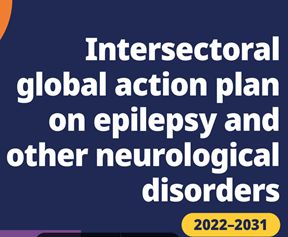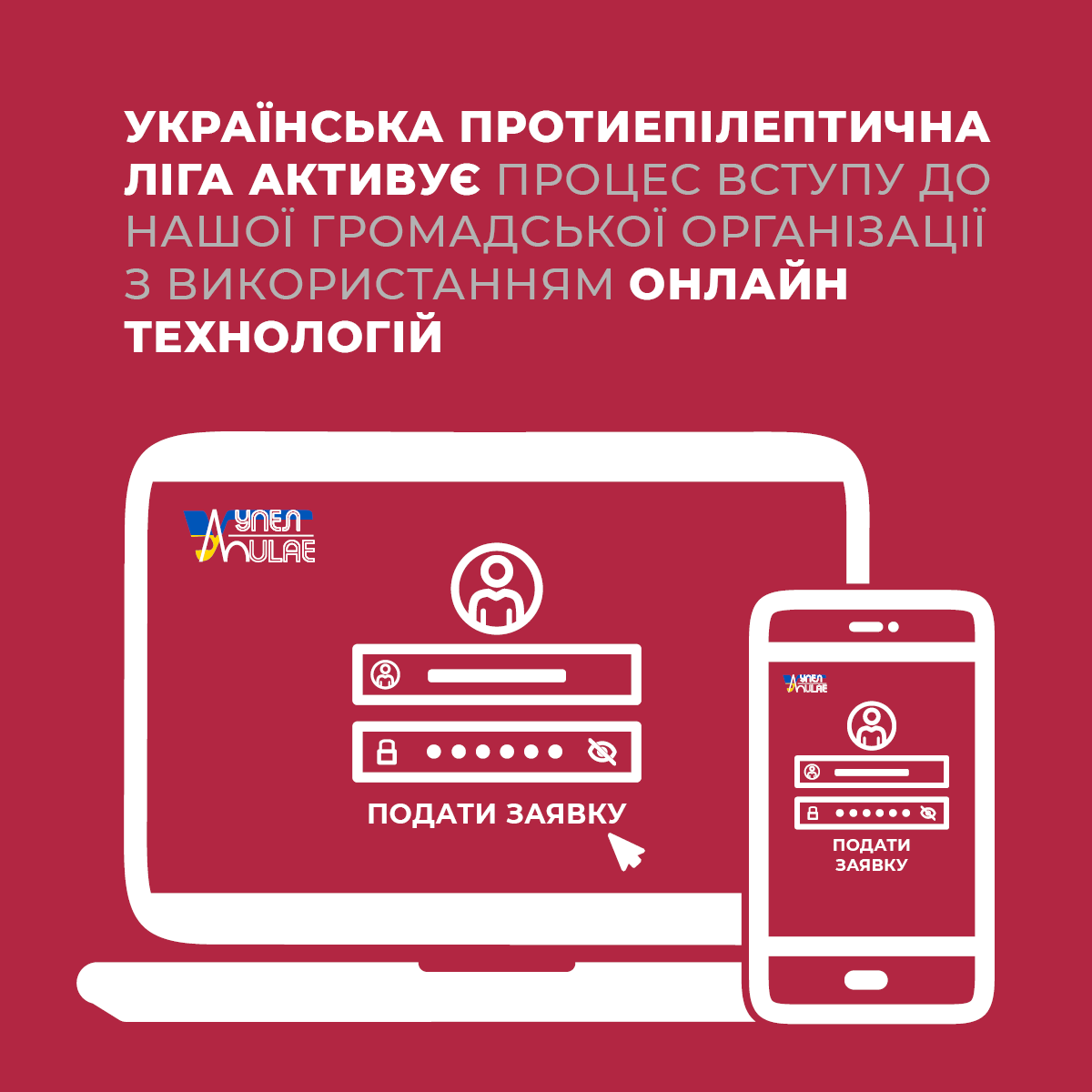Маркус Ройбер, доктор медичних наук, професор, Академічне відділення неврології, університет Шеффілда, Королівська лікарня Халламшира, Glossop Road, Sheffield, S10 2JF
У 1520 році, у своїй останній великій роботі перед смертю, італійський художник епохи Відродження Рафаель зобразив на одній картині преображення Христа на горі Тавор і епілептичний напад молодого хлопця біля підніжжя гори. Поєднання Рафаелем цих двох сцен створює графічний зв'язок між двома історіями, які послідовно розповідаються в Біблії в трьох Євангеліях, так, ніби вони відбувалися в один і той же час (Matthew 17:14-21; Mark 9:17-29; Luke 9: 38-43). Таким чином, тимчасова «смерть» хлопчика, що пов'язана з його епілептичним нападом, стає візуальною метафорою тимчасової смерті Ісуса після його розп'яття і перед його вознесінням на небеса, що є центральним догматом християнської віри. [1]. Хоча в цих біблійних історіях епілептичний напад використовується як наративний інструмент для передачі ідеї воскресіння та життя після смерті, вже давно визнано, що епілепсія пов'язана зі значно підвищеним ризиком передчасної смерті. Стандартизовані коефіцієнти смертності, які пов'язані з епілепсією, коливаються від 1,6 до 3,0 у країнах з високим рівнем доходу [2] до 19,8 у країнах з низьким та середнім рівнем доходу [3]. Чоловіки, хворі на епілепсію, діти та підлітки, а також ті, хто не має доступу до медичної допомоги, раніше потрапляють в «особливий список» хворих - кандидатів на передчасну смерть [4]. Хоча епілепсія може бути просто маркером інших захворювань з їх власною надлишковою смертністю, тяжкості захворювання або соціально- економічних факторів ризику, пов'язаних з ранньою смертністю, вважається, що пов'язані з епілепсією смерті (в тому числі ті, яких можна було б уникнути) пояснюють до 50% надлишкової смертності серед молодих людей [5, 6]. Раптова несподівана смерть при епілепсії (SUDEP) визнана найпоширенішою причиною смерті серед молодих людей [4]. Незважаючи на численні дослідження смертності, які пов'язані з епілепсією в дитячому віці, опубліковані раніше, багато питань залишаються без відповіді, а деякі питання, на
які були отримані відповіді для певних груп населення в певний момент часу, потребують повторного розгляду, оскільки змінилися ризики для здоров'я, методи лікування та управління факторами ризику.
Мій вибір як редактора з поточного журналу «Seizure» - це когортне дослідження 1,191,304 дітей, які проживають у Великобританії, що проведене Christian Schnier та Robert Chin, яке робить подальший внесок у літературу про смертність, пов'язану з епілепсією в дитячому та підлітковому віці. [7]. Дослідження охопило дані про смертність за 13 994 916 людино-років. Трохи більше 3% дітей у когорті померли протягом досліджуваного періоду. Коефіцієнт смертності від усіх причин становив 4 / 1000 дітей на рік. Після поправки на стать і соціально-економічний статус, порівняно з дітьми того ж віку без епілепсії, це означало, що ризик смертності від усіх причин у молодих людей з епілепсією був збільшений у 50 разів. На відміну від середнього віку, коли самогубство є найпоширенішою причиною смерті, пов'язаної з епілепсією, майже всі смерті у дітей були класифіковані як «природні» - чверть з них були безпосередньо пов'язані з епілепсією.
Підвищений ризик смертності серед молодих людей, задокументований у цьому дослідженні, повинен викликати серйозне занепокоєння і сам по собі бути достатнім для того, щоб спонукати до розвитку і підтримки чутливих і спроможних служб охорони здоров'я для дітей і молодих людей з епілепсією. Однак нещодавно з'явилася думка, що дослідження, подібні до дослідження Schnier and Chin, можуть все ж таки занижувати справжню кількість смертей, пов'язаних з епілепсією, через неточності в кодуванні причин смерті. Припускають, що, особливо у маленьких дітей, ярлики «синдром раптової дитячої смерті» (SIDS) або «раптова несподівана смерть у дитинстві» (SUDC) могли бути застосовані тоді, коли насправді більш доречною або вірогідною причиною смерті міг бути SUDEP. [8].
Література: 1. Janz D, Epilepsy, viewed metaphysically: an interpretation of the Biblical story of the epileptic boy and of Raphael's Transfiguration. Epilepsia 1986;27: 316-322.
2. Thurman DJ, Logroscino G, Beghi E, Hauser WA, Hesdorffer DC, Newton CR, et al. The burden of premature mortality of epilepsy in high-income countries: a systematic review from the Mortality Task Force of the International League Against Epilepsy. Epilepsia 2017; 58:17–26. 3. Levira F, Thurman DJ, Sander JW, Hauser WA, Hesdorffer DC, Masanja H, et al. Premature mortality of epilepsy in low-and middle-income countries: a systematic review from the Mortality Task Force of the International League Against Epilepsy. Epilepsia 2017;58:6–16. 4. Trinka E, Rainer LJ, Granbichler CA, Zimmermann G, Leitinger M. Mortality, and life expectancy in Epilepsy and Status epilepticus—current trends and future aspects. Frontiers in Epidemiology 2023; https://www.frontiersin.org/articles/10.3389/fepid.2023.1081757 5. Sidebotham P, Hunter L, Appleton R, Dunkley C. Deaths in children with epilepsies: a UK-wide study. Seizure 2015;30:113-9. 6. Hanna NJ, Black M, Sander J, Smithson W, Appleton R, Brown S, Fish DR. National Sentinel Clinical Audit of Epilepsy-Related Death: Epilepsy–death in the shadows. London; 2002. 7. Schnier C, Chin R. Mortality in Children with Epilepsy: Cohort study using the Clinical Practice Research Datalink. Seizure 2023; please add bibliographic details. 8. Harowitz J, Crandall L, McGuone D, Devinsky O. Seizure-related deaths in children: The expanding spectrum. Epilepsia 2021; 62:570-582.
Markus Reuber, Academic Neurology Unit, University of Sheffield, Royal Hallamshire Hospital, Glossop Road, Sheffield, S10 2JF
In 1520, in his last major work before his own death, the Italian renaissance artist Raphael depicted the transfiguration of Christ on Mount Tabor and the epileptic seizure of a young boy at the foot of the mountain in the same painting. Raphael’s combination of these two scenes creates a graphic link between two stories which are told successively in the Bible in three of the gospels, as if they had taken place at the same time (Matthew 17:14-21; Mark 9:17-29; Luke 9: 38-43). In this way, the transitory “death” of the boy associated with his epileptic seizure becomes a visual metaphor for the temporary death of Jesus after his crucifixion and before his ascendence to heaven which is a central tenet of Christian belief [1]. While an epileptic seizure is used as a narrative tool to communicate the idea of resurrection and life after death in these biblical stories, it has been recognised for a long time that epilepsy is associated with a significantly increased risk of premature death. Standardised mortality ratios associated with epilepsy range from 1.6 to 3.0 in high-income countries [2] to 19.8 in low- and middle-income countries [3]. Male patients with epilepsy, children and adolescents, as well as those without access to health care are at particular list of premature death [4]. While epilepsy may simply be a marker of other diseases with their own excess mortality, of disease severity or of socioeconomic risk factors associated with early death, epilepsy-related deaths (including avoidable epilepsy-related deaths) have been thought to explain up to 50% of the excess mortality in young people [5, 6]. Sudden Unexpected Death in Epilepsy (SUDEP) is recognised as the most common cause of death in young people [4]. Although there are numerous studies of the mortality associated with epilepsy in childhood have been published previously, many questions remain unanswered and some questions which have been answered for some populations at particular points in time need to be addressed again as health risks, treatments and the management of risk factors have changed.
My editor’s choice from the current volume of Seizure is a cohort study of 1,191,304 children living in Great Britain by Christian Schnier and Robert Chin which makes a further contribution to the literature on the mortality associated with epilepsy in childhood and adolescence [7]. The study captured mortality data from 13,994,916 person-years. Just over 3% of children in the cohort died during the study period. The all-cause mortality rate was 4/1,000 children per year. After adjustment for sex and socioeconomic status, compared to children of the same age without epilepsy, this meant that the all-cause mortality risk was increased by a factor of 50 in young people with epilepsy. Unlike in middle age, when suicide is the commonest cause of death associated with epilepsy, almost all of the deaths in children were classified as ‘natural’ – one quarter were directly attributed to epilepsy.
The increased mortality risk in young people documented in this study should give cause to serious concern and be sufficient in itself to prompt the development and maintenance of responsive and capable health services for children and young people with epilepsy. However, it has recently been argued that studies like the one by Schnier and Chin may still underestimate the true number of epilepsy-related deaths because of inaccuracies of the coded causes of death. It has been suggested that, especially in young children, labels of “sudden infant death syndrome” (SIDS) or “sudden unexpected death in childhood” (SUDC) may have been applied when SUDEP may actually have been a more appropriate or likely as a cause of death [8].
References: 1. Janz D, Epilepsy, viewed metaphysically: an interpretation of the Biblical story of the epileptic boy and of Raphael's Transfiguration. Epilepsia 1986;27: 316-322. 2. Thurman DJ, Logroscino G, Beghi E, Hauser WA, Hesdorffer DC, Newton CR, et al. The burden of premature mortality of epilepsy in high-income countries: a systematic review from the Mortality Task Force of the International League Against Epilepsy. Epilepsia 2017; 58:17–26. 3. Levira F, Thurman DJ, Sander JW, Hauser WA, Hesdorffer DC, Masanja H, et al. Premature mortality of epilepsy in low-and middle-income countries: a systematic review from the Mortality Task Force of the International League Against Epilepsy. Epilepsia 2017;58:6–16.
4. Trinka E, Rainer LJ, Granbichler CA, Zimmermann G, Leitinger M. Mortality, and life expectancy in Epilepsy and Status epilepticus—current trends and future aspects. Frontiers in Epidemiology 2023; https://www.frontiersin.org/articles/10.3389/fepid.2023.1081757 5. Sidebotham P, Hunter L, Appleton R, Dunkley C. Deaths in children with epilepsies: a UK-wide study. Seizure 2015;30:113-9. 6. Hanna NJ, Black M, Sander J, Smithson W, Appleton R, Brown S, Fish DR. National Sentinel Clinical Audit of Epilepsy-Related Death: Epilepsy–death in the shadows. London; 2002. 7. Schnier C, Chin R. Mortality in Children with Epilepsy: Cohort study using the Clinical Practice Research Datalink. Seizure 2023; please add bibliographic details. 8. Harowitz J, Crandall L, McGuone D, Devinsky O. Seizure-related deaths in children: The expanding spectrum. Epilepsia 2021; 62:570-582.




